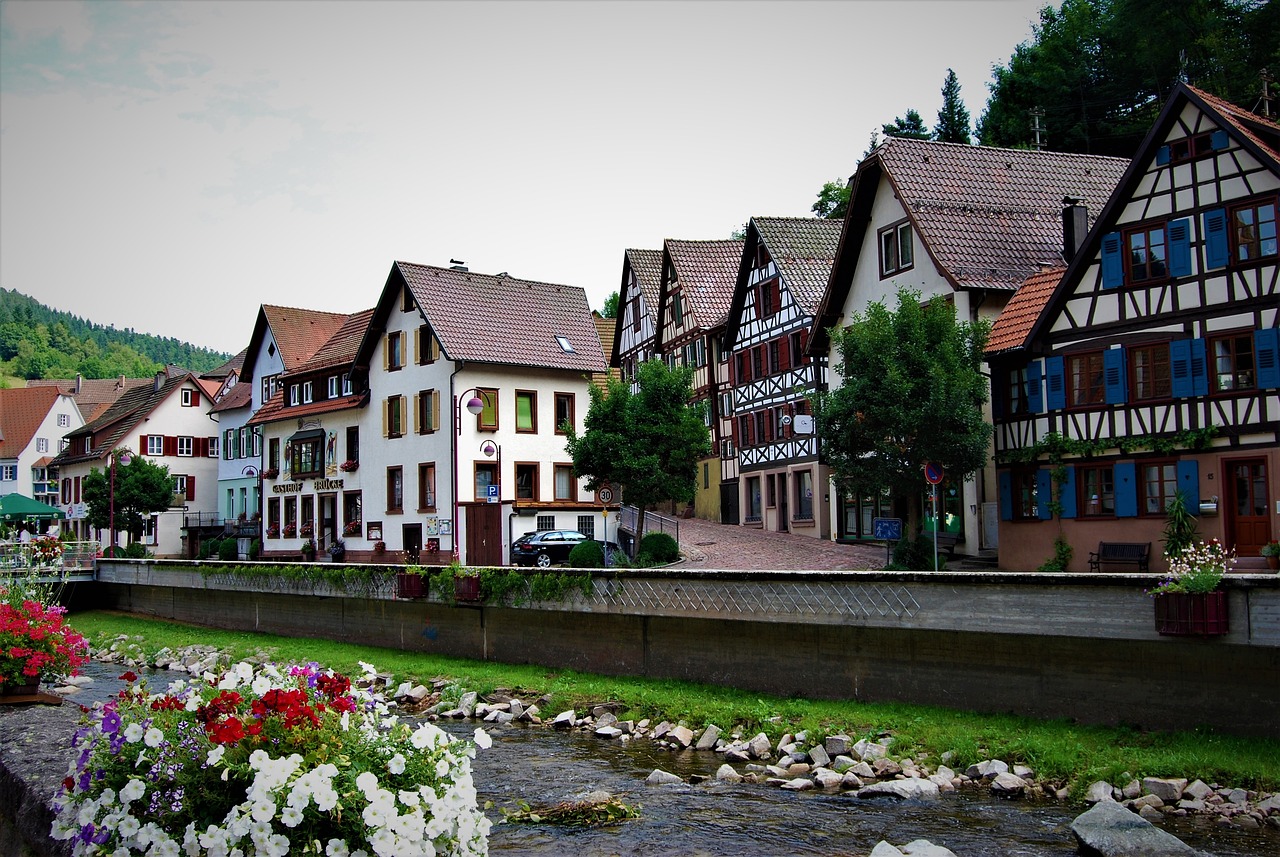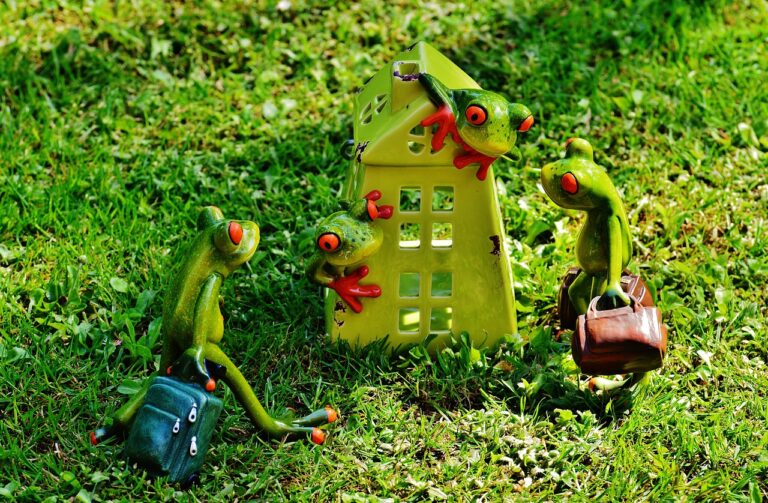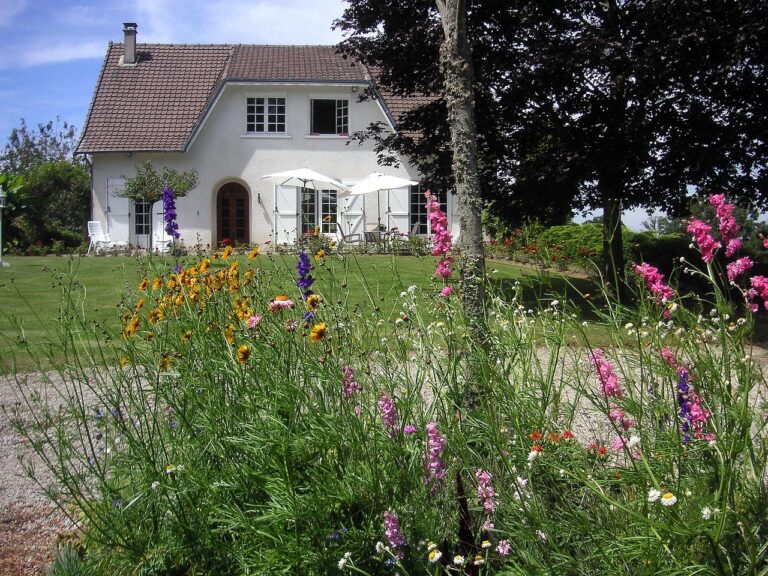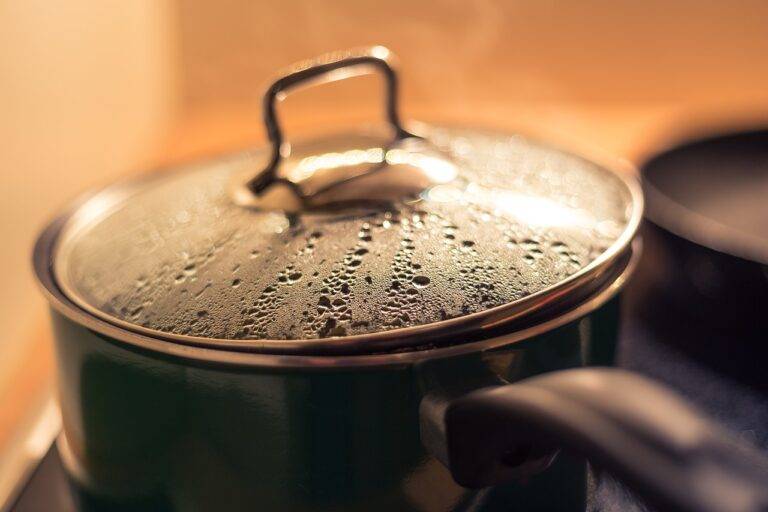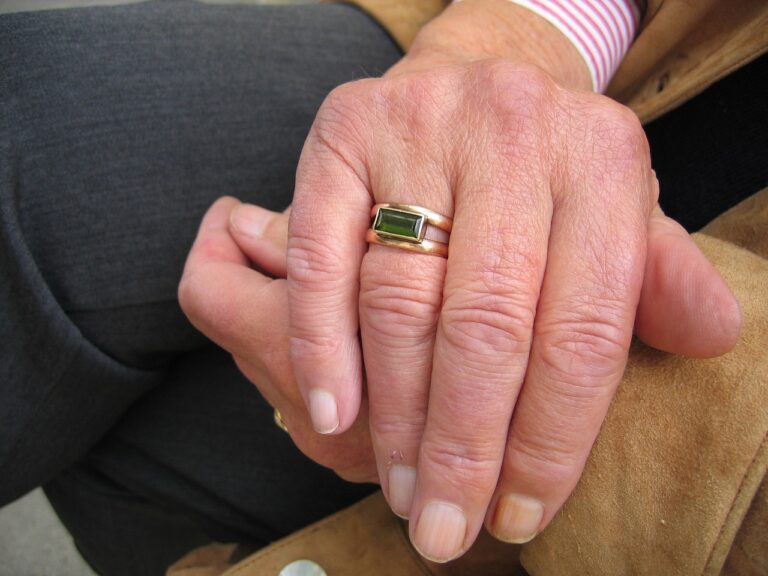Irrigation for Edible Landscapes
allexchbet, 99exch, all panel.com: Irrigation for Edible Landscapes
Are you looking to create a beautiful and sustainable edible landscape in your yard or garden? One of the most important aspects to consider is irrigation. Proper irrigation is essential for the health and productivity of your edible plants, ensuring they receive the right amount of water at the right times. In this comprehensive guide, we will explore the various irrigation techniques and systems that can help you create a thriving edible landscape.
Understanding the Water Needs of Edible Plants
Before diving into the different irrigation options available, it’s essential to understand the water needs of your edible plants. Different plants have varying water requirements based on factors such as their growth stage, soil type, climate, and overall health. Understanding these needs will help you determine the best irrigation approach for your edible landscape.
For example, leafy greens like lettuce and spinach require frequent, shallow watering to keep the soil consistently moist. On the other hand, fruiting crops such as tomatoes and peppers benefit from deep, infrequent watering to encourage strong root growth and fruit development. By understanding the unique water needs of your plants, you can tailor your irrigation strategy to ensure optimal growth and productivity.
Types of Irrigation Systems for Edible Landscapes
There are several irrigation systems available for edible landscapes, each with its own pros and cons. Here are some of the most common types of irrigation systems to consider:
1. Drip Irrigation: Drip irrigation is a highly efficient watering system that delivers water directly to the root zone of plants through a network of tubing and emitters. This system minimizes water waste by reducing evaporation and runoff, making it ideal for water-conscious gardeners.
2. Soaker Hoses: Soaker hoses are porous hoses that release water slowly along their length, providing a gentle and consistent watering for plants. These hoses can be laid out on the soil surface or buried under mulch to deliver water directly to the root zone.
3. Sprinkler Systems: Sprinkler systems are popular for their ease of use and ability to cover large areas. However, they can be less efficient than drip irrigation or soaker hoses, as they can promote disease and water waste through evaporation and runoff.
4. Hand Watering: Hand watering is a simple and cost-effective way to water your plants, especially for small edible landscapes or container gardens. While this method allows for more precision and control over watering, it can be time-consuming and labor-intensive.
Selecting the Right Irrigation System for Your Edible Landscape
When choosing an irrigation system for your edible landscape, consider factors such as water efficiency, cost, installation complexity, and maintenance requirements. Drip irrigation systems are often recommended for edible landscapes due to their water-saving benefits and ability to deliver water directly to plant roots. However, soaker hoses and sprinkler systems can also be effective depending on your specific needs and preferences.
Before installing an irrigation system, take the time to assess your landscape layout, plant types, and water availability to determine the best approach. Consider consulting with a professional landscaper or irrigation specialist to help you design and implement an irrigation system that meets your unique requirements.
Maintaining Your Irrigation System
Once your irrigation system is in place, it’s essential to maintain it properly to ensure optimal performance and longevity. Regular maintenance tasks may include checking for leaks, adjusting water distribution, cleaning filters, and replacing damaged components. By staying on top of maintenance, you can prevent issues like water waste, plant stress, and system malfunctions.
In addition to routine maintenance, monitor your plants regularly to ensure they are receiving adequate water and adjust your irrigation schedule as needed. Factors such as weather patterns, plant growth, and soil moisture levels can impact your watering needs, so be flexible and responsive to changes in your landscape.
FAQs
1. How often should I water my edible plants?
The watering frequency for your edible plants will vary depending on factors such as plant type, soil type, weather conditions, and the irrigation system you are using. As a general rule of thumb, aim to water deeply and infrequently to encourage strong root development and plant growth.
2. How can I conserve water in my edible landscape?
To conserve water in your edible landscape, consider using water-efficient irrigation systems like drip irrigation or soaker hoses, mulching your garden beds to retain moisture, collecting rainwater in barrels for irrigation, and planting drought-tolerant varieties.
3. What is the best time of day to water my edible plants?
The best time of day to water your edible plants is early in the morning, ideally before 10 a.m. This allows plants to absorb water efficiently and reduces the risk of evaporation during the heat of the day.
4. How can I prevent overwatering my edible plants?
To prevent overwatering your edible plants, monitor soil moisture levels regularly, adjust your irrigation schedule based on plant needs, use water-efficient irrigation systems, and avoid watering plants during rainy periods.
5. Can I use a timer with my irrigation system?
Yes, you can use a timer with your irrigation system to automate watering schedules and ensure consistent and timely water delivery to your plants. Timers can help you save time and water while promoting healthy plant growth.
In conclusion, irrigation plays a crucial role in the success of your edible landscape by providing essential water to your plants. By understanding the water needs of your plants, selecting the right irrigation system, and maintaining it properly, you can create a beautiful and productive edible landscape that thrives year-round. Take the time to assess your landscape and irrigation options, and don’t hesitate to seek professional advice if needed. With the right tools and knowledge, you can enjoy a flourishing edible garden that not only looks good but also tastes good.

